Seeing lesser spotted woodpeckers is a great experience for birdwatchers, although their small size and elusive nature can make them challenging to spot - measuring around 14cm (5.5 inches) in length and about the same as a great tit. They have experienced declines in recent decades, mainly due to habitat loss and fragmentation. However, they are still locally distributed and typically found in deciduous woodlands, particularly where there are mature trees with plenty of dead wood for foraging and nesting.
They are agile climbers, using their strong bills to probe for insects and larvae under bark and in crevices of trees. They also drum on trees as a form of communication during the breeding season and are more often heard than seen due to their small size and tendency to forage high in the tree canopy.
Kev @kev0771 and I have tried to see them twice at Acres Down (Kev three times) this year without success. We considered going again, perhaps meeting up with his sister Karen and her partner Dean but decided to give RSPB Middleton Lakes a go instead. There have only been a handful of sightings at Middleton this year and not in the regular spot by the car park - I tried there three times last year and failed to see one at all. Nothing like persistence.
We pulled into the car park just after 7.00am and were surprised it was open and that two cars were already there. We jumped out and chatted with a volunteer and a visitor, confirming that sightings had not included where we stood. We'd give it a go anyway as there was a frost and mist across the fields and we couldn't yet hear any drumming in the distance in any case. The RSPB volunteer called a barn owl behind us, and we were soon on it as it quartered the far hedge line. I took a few photos despite the early hour and distance - I could probably fix the high ISO noise if nothing else.
Egrets roost in a variety of habitats, including trees, reedbeds, and shrubs, often choosing roosting sites near water bodies, where they forage during the day. Little and cattle egrets are known to sometimes roost with grey herons, particularly in communal roosting sites and heronries. While they may not interact extensively, they tolerate each other's presence and benefit from the collective protection of the group.
Egrets and herons usually leave their communal roost shortly after dawn, although the exact timing can vary depending on factors such as weather conditions. Despite the mist we could see little egrets and grey herons passing overhead and then a couple of cattle egrets - a new tick for the year.
After spending an hour or more, we decided to try and spot the lesser spotted woodpecker further down the track, near the two bridges within the woods where there had been a report. As we walked along the track, the distinct drumming of our target bird emanated from the trees towards the back of the copse. Despite scanning through the trees, we failed to locate it. Meanwhile, the calls of great-spotted woodpeckers echoed around us, and we had better luck spotting them. Nuthatches flitted through, and above us we saw siskins feeding on alder seed cones. Anyone who has watched these entertaining birds feeding knows that they are agile acrobats, stretching their necks and contorting their bodies to reach all available cones.
We heard the calls of our elusive bird on numerous occasions, which kept our hopes high. However, after another hour of searching, we found ourselves still empty-handed and the lesser spotted woodpecker falling silent. Undeterred, we decided to make towards the bridges as planned earlier. Just as we were about to depart, our bird called out from high to our left. I managed to spot it perched high in a tree, foraging on the uppermost branches. I attempted to guide Kev to it, but the bird took flight into a closer tree, albeit unfortunately obscured from view. We trained our binoculars on the area and had good views but as I readied my camera, it darted from branch to branch, along a slender bough, but turned away from us the entire time. Kev stepped aside to fetch his scope, but just then, the bird dropped out of sight and vanished. Despite our waiting in the area, the woodpecker didn’t make another appearance. Reluctantly, we opted not to wait any longer and instead set our sights on another potential sighting for the year.
On the way back to the car we passed the usual flock of house sparrows around the barns and in the morning sun, even the little brown jobs (LBJ) can look special.
Iceland gulls are large, white-winged gulls that breed in the Arctic regions of Greenland, Canada, and Iceland. They are known for their distinctive appearance and are rare visitors to our shores during the winter months with sightings typically occurring between October and March. In the UK, Iceland gulls can be observed along coastal areas, estuaries, marshes, and landfill sites, where they feed on a variety of food items, including scavenged waste.
At Stubber's Green, Walsall, sightings of this species had been reported in recent days, although not yet that morning. Given its proximity, being just about 15 miles from Middleton Lakes, we decided to venture there, parking in a layby adjacent to a good viewing spot well before the usual sighting window. It's been noted that the Iceland gull is most commonly spotted around lunchtime and early afternoon, although it may also be present at other times. At this location, gulls gather to bathe and rest at the north-western end, typically foraging at the tip just to the north, and often roost at Chasewater.
There was no sign of our gull and as I looked over the road to another pool, a couple of little egrets circled and dropped into the trees; after a short while, numbers increased to five. They roosted for quite a while.
Spring marks the onset of the breeding season for dunnocks. Male dunnocks become more territorial, defending their territories through singing, and chasing away intruders. They may also engage in courtship displays to attract mates. They are primarily insectivorous, foraging for insects, spiders, and other invertebrates among leaf litter and in low vegetation. Next to us a single dunnock was ever present and presumably staking a claim to the nearby bramble patch. It was quite insistent that I take its photo - I'm ready for my close-up ...
The mute swans cruised in front of us and in groups left the pool and walked up to and over the road, cars stopping to let them pass. On one occasion one of the birds decided to stop on the road and contemplate the meaning of life, testing the patience of the drivers.
In the distance a couple of buzzards were mobbed by crows, one flying by and crossing the road behind.
We continued to wait and gradually a few larger gulls joined the black-headed and common gulls - lesser-black backed and herring gulls. A few of the cormorants resting with the larger gull flock flew over in front of us, one (likely sinensis sub-species) landing on a post and looking rather majestic. I couldn't resist.
There was a shift in the line-up of large gulls, but unfortunately, the Iceland gull was nowhere in sight. As a couple of paddleboards and a kayak departed from Aldridge Sailing Club, they approached the gulls resting along the water's edge, causing them, along with the lapwings and ducks, to take flight. The gulls scattered in different directions as the boards and kayak splashed around them. With the disturbance caused, it seemed unlikely that our bird would make an appearance and settle. We decided to call it a day and head home, especially since I was on a tight schedule – Charlotte and I had plans to attend a show in Birmingham that evening.
Year List: 148.

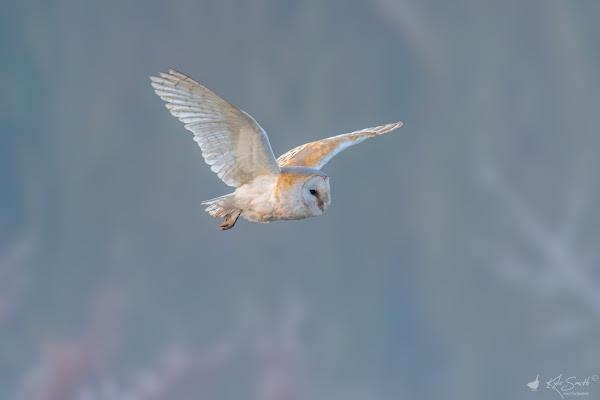
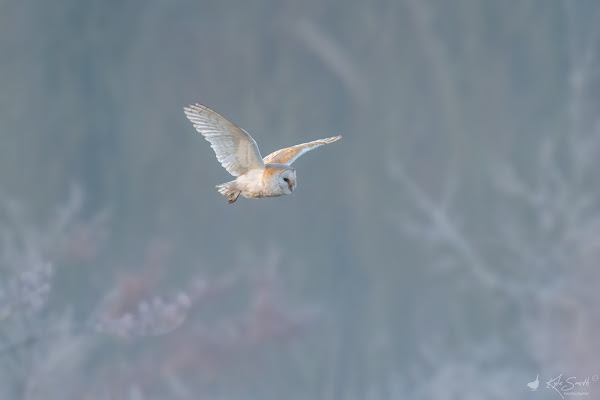


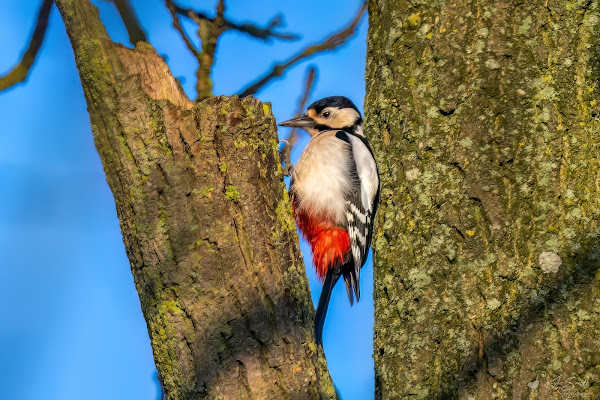






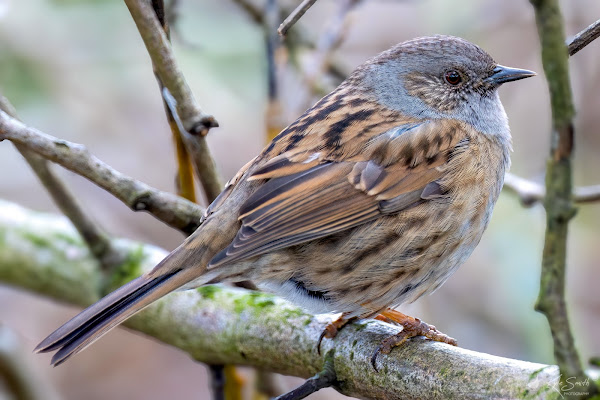
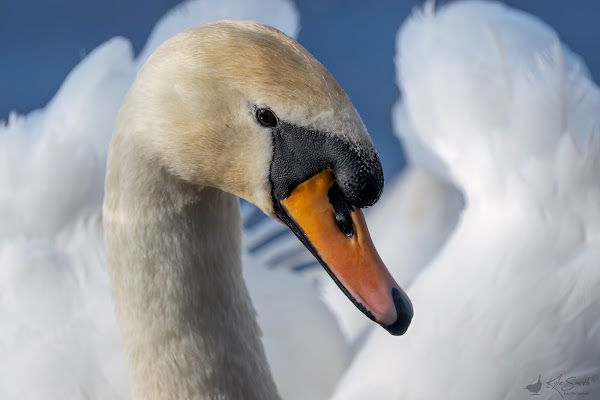




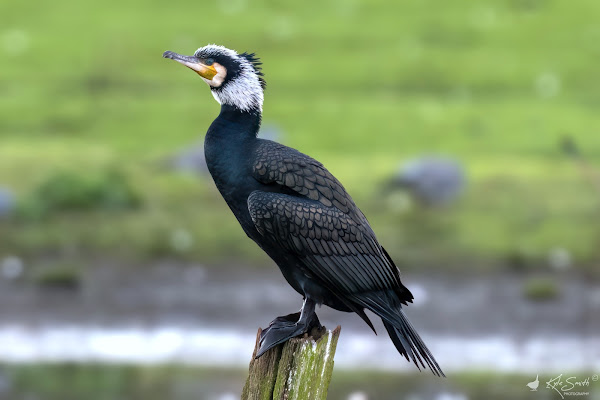
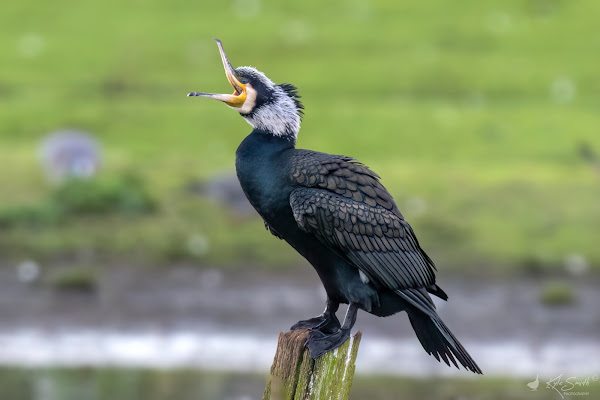
No comments:
Post a Comment